Tracing Tolstoy’s Final Journey
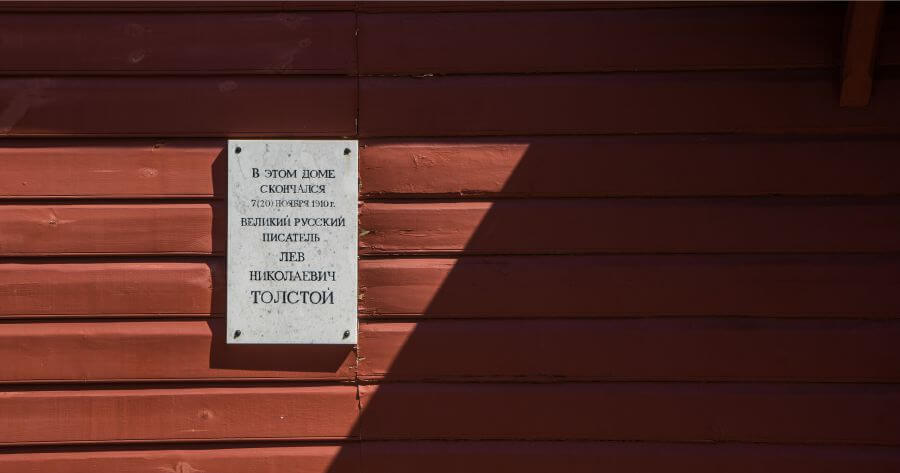
►Routes ►Places ► Tracing Tolstoy’s Final Journey

Lev Tolstoy is one of the greatest figures in world literature and, as is to be expected, there are several museums and places connected with Russia’s best loved novelist. The most famous are his estates (the country estate of Yasnaya Polyana and his Moscow estate at Khamovniki), where many of his significant works were written. However there is another place connected with Tolstoy which receives only a fraction of the number of visitors to his estates. This is the Astapovo station, today renamed Lev Tolstoy, which became connected with the War and Peace author by chance.
On the night of 28 October 1910, Tolstoy secretly left his Yasnaya Polyana estate and set off on a journey with no defined destination. In a letter he left his wife, he wrote that his life was a burden and that he required solitude. He also requested no attempts be made to find him. On this journey he visited the Optina Hermitage and the Shamordinsky Convent near Kozelsk where his sister Maria was a nun. After meeting with his sister he intended to head to Novocherkassk. However on the train the author fell ill and it was decided to stop at the next large station – which happened to be Astapovo - where he was invited by Ivan Ozolin, the station master there, to recuperate at his home.
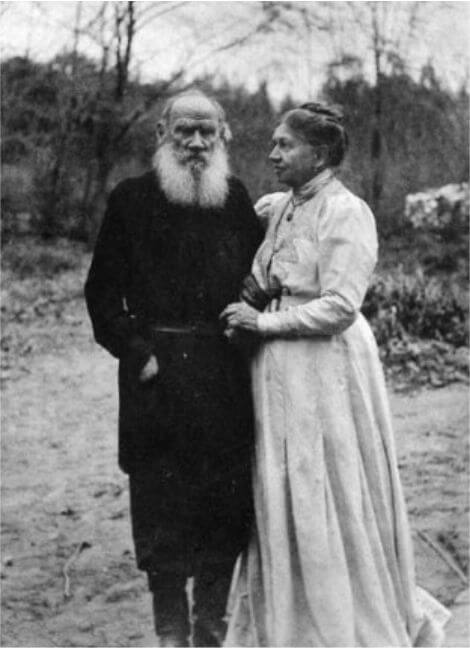
During this period, the whole of Russia was intrigued as to the whereabouts of the author and Russian and foreign newspapers ran stories on his disappearance. The mystery was only solved when it became known that Tolstoy was ill and bedridden in Astapovo. He was diagnosed with pneumonia and newspapers ran daily bulletins on his health. Tolstoy died seven days after arriving in Astapovo and for the whole period all attention was on the small station. No priest was available to give the last rites as Tolstoy had been excommunicated by the Russian Orthodox Church. His wife was only allowed to see him at his final moments, but he did not recognise her.
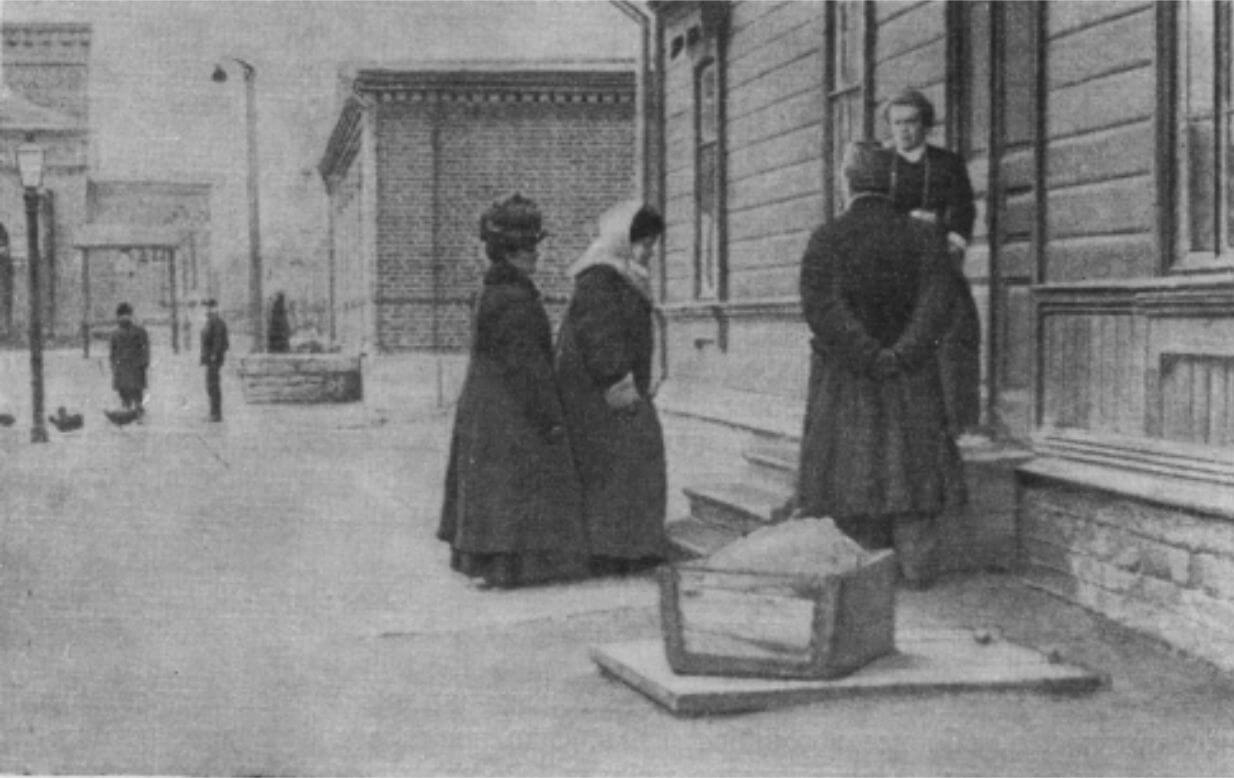
He died at 06:05 on 7 November aged 82 and his body was transferred back to Yasnaya Polyana where he was buried according to his wishes.

And so the station of Astapovo became forever linked with Tolstoy. A decision to preserve the room where he died was immediately taken and the house became a site of pilgrimage for his fans (Ozolin had to move out). In 1918 the station was renamed Lev Tolstoy and in 1939 the house became a branch of the Lev Tolstoy State Museum.
As fans of Tolstoy's work, who have enjoyed visiting Yasnaya Polyana and the Khamovniki estate in Moscow, we have long wanted to visit the station where he died, but were always put off by the logistics of visiting. You would think that it would be easy enough to travel to a railway station, but the direct Moscow-Lev Tolstoy passenger train stopped running in 2000 and now only freight trains stop there. The closest city to Lev Tolstoy is Chaplygin, 40km away, but from here there are only a couple of buses which go to Lev Tolstoy and they are not at convenient times. However, undeterred we nevertheless got a train to Chaplygin (whose station is still referred to using the city’s historic name of Ranenburg) and from there we got a taxi to Lev Tolstoy.
Lev Tolstoy itself is a typical “urban-type settlement”, which would be just like all the countless other small district centres with no real claim to fame had Tolstoy fell ill at a different point of his last journey. We didn’t find any hotels or restaurants there or any sights apart from the Tolstoy museum. Life goes on here at a relaxed pace and, since the cancellation of the railway connection with Moscow, it looks likely to continue that way.
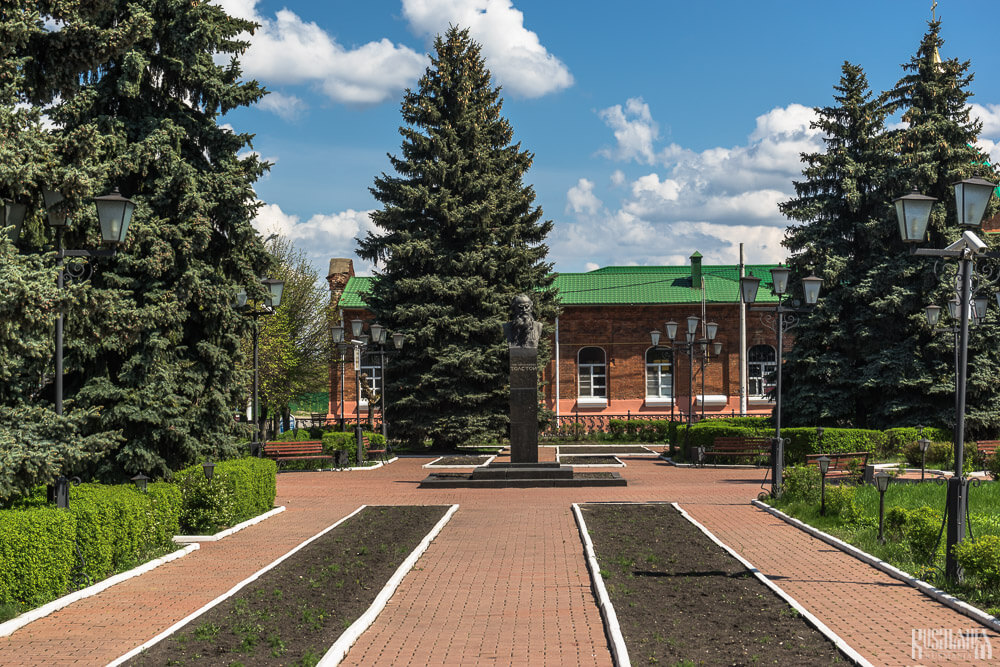
The day we visited turned out to be market day and the whole centre was occupied with market stalls selling all sorts of goods, from underwear to seeds and from furniture to popcorn. It seemed that the whole town had come out. Also by chance, as it was the weekend before Victory Day, we had the additional treat of viewing fighter jets based in nearby Lipetsk practising for the parade in Moscow in the skies above us.
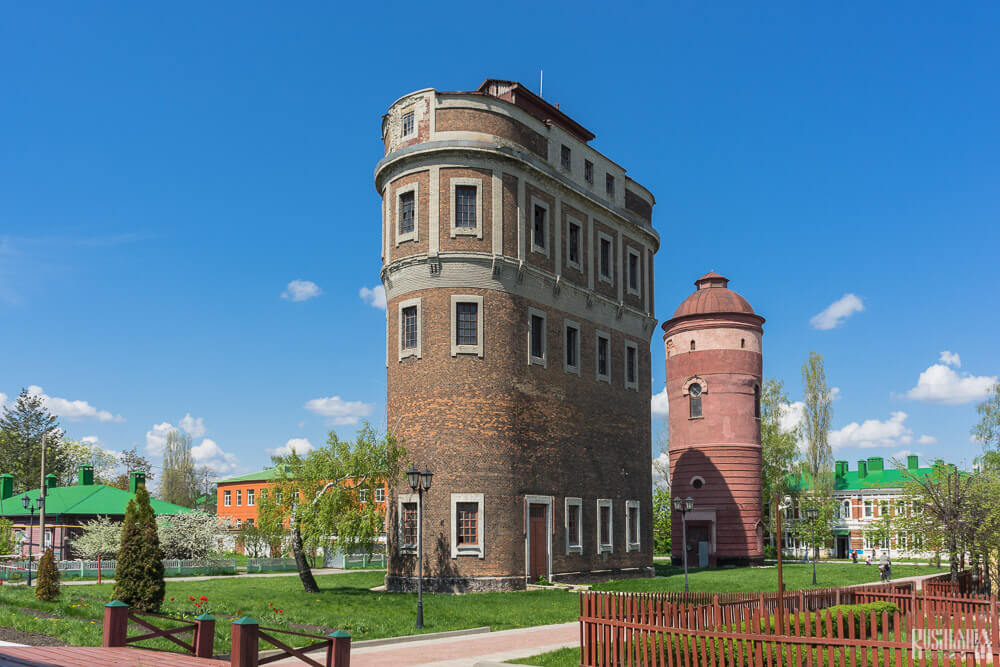
The station and museum are located in the centre of the settlement at the end of the main street. We were greeted at the museum by an incredibly friendly woman who was obviously pleased that we had come “all the way from Moscow” especially to visit the museum. Unlike at other Tolstoy museums, this museum does not receive droves of tourists by the coach load and so the staff here are much more welcoming.
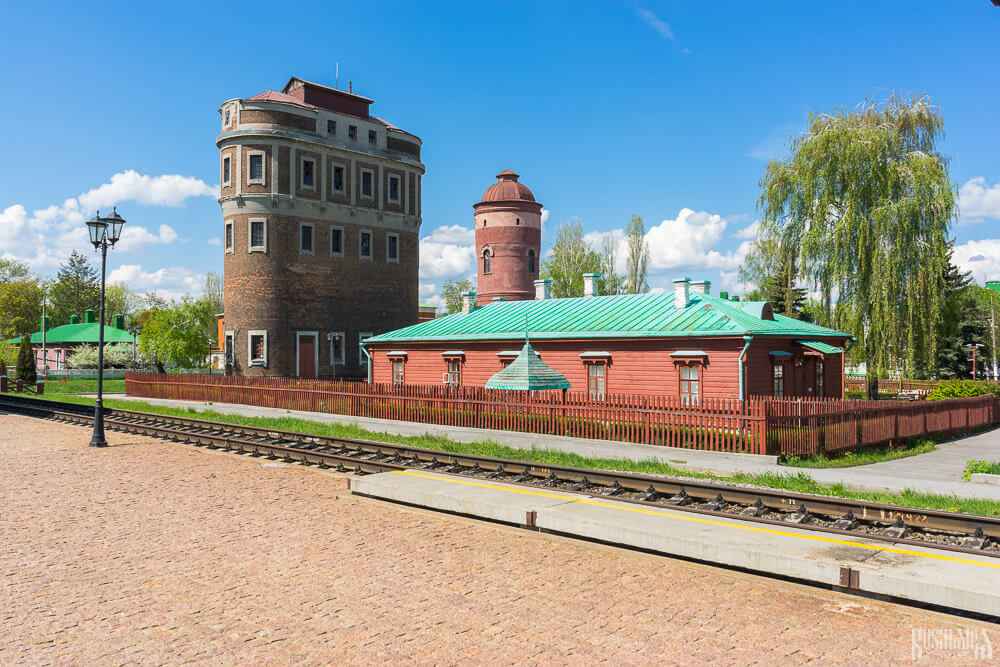
The charm of this museum, like most memorial museums in Russia, is not just the association with a famous figure, but the fact that the area has been preserved practically unchanged for a century. It consists of two parts – one part containing an exhibition on Tolstoy’s last days and the other consisting of the actual memorial room where he died.
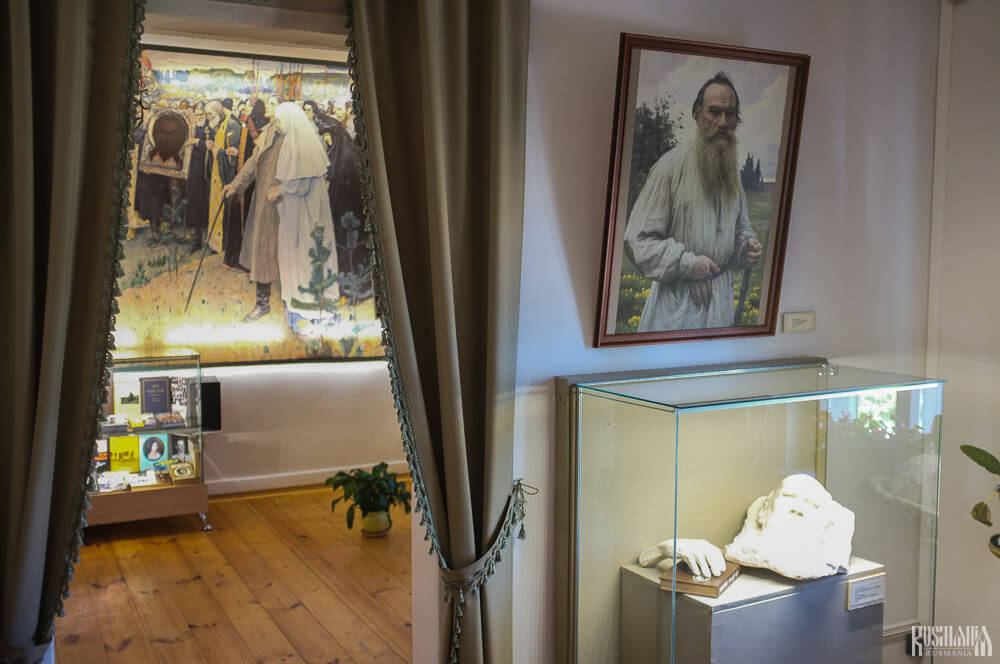
The exhibits contain unique expositions, such as the clothes Tolstoy was wearing, including socks bearing his initials, and the actual death mask.
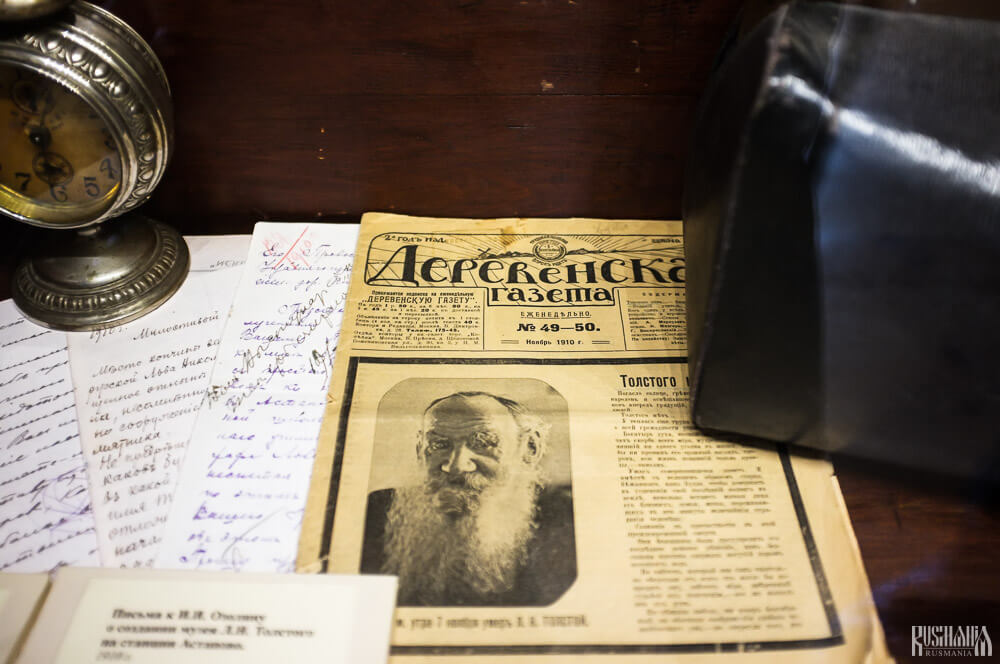
But it is of course the memorial room which makes the biggest impression. Everything here is as it was on 7 November 1910 and everything here is authentic. You stand in the hall looking in on the room. Above you is the original plaque that was erected in 1910 and in front of you is the bed where Tolstoy spent his last week; a light shining on the pillow where Tolstoy’s head once rested.
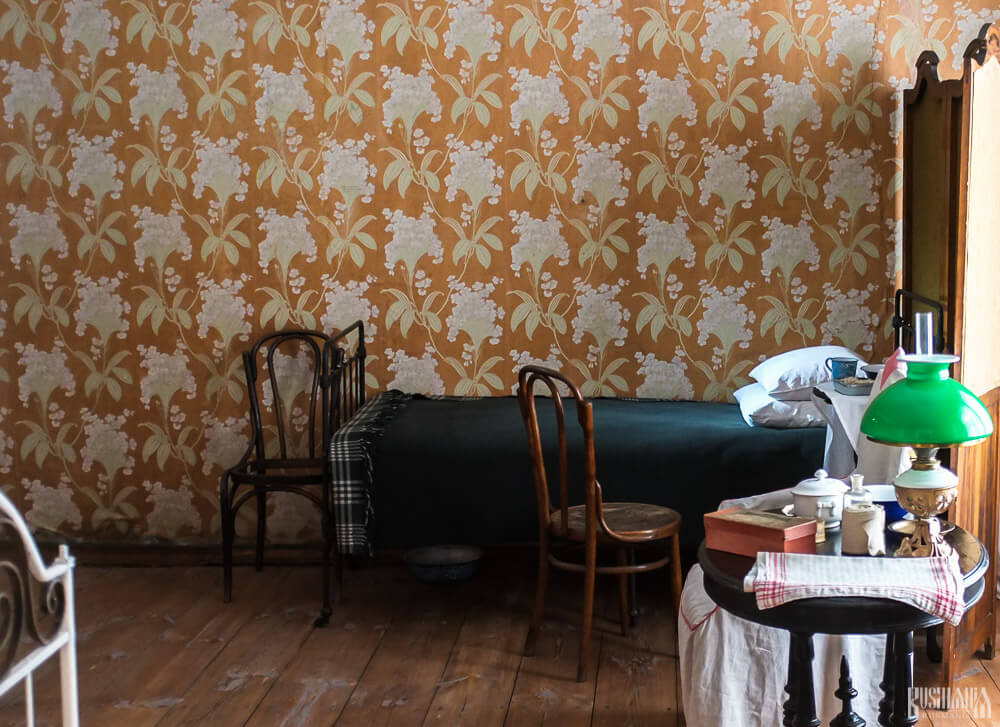
On the wallpaper next to the bed a line has been drawn outlining Tolstoy’s profile. Many visitors here stand looking at the bed almost meditating. Included among such visitors are several of the numerous descendants of Tolstoy who come to pay their respects to their famous forbearer. It is amazing to think how this place has been preserved untouched throughout the Revolution and the Second World War. You can’t help but be moved.

The museum’s surroundings are also interesting to walk around as these too have been persevered, despite it still being a functioning station. Inside the station there is even a small museum detailing the workings of a provincial station at the beginning of the 20th century. Another nice feature is the clock hanging on the station whose hands are stopped at 06:05 - the moment Tolstoy died.
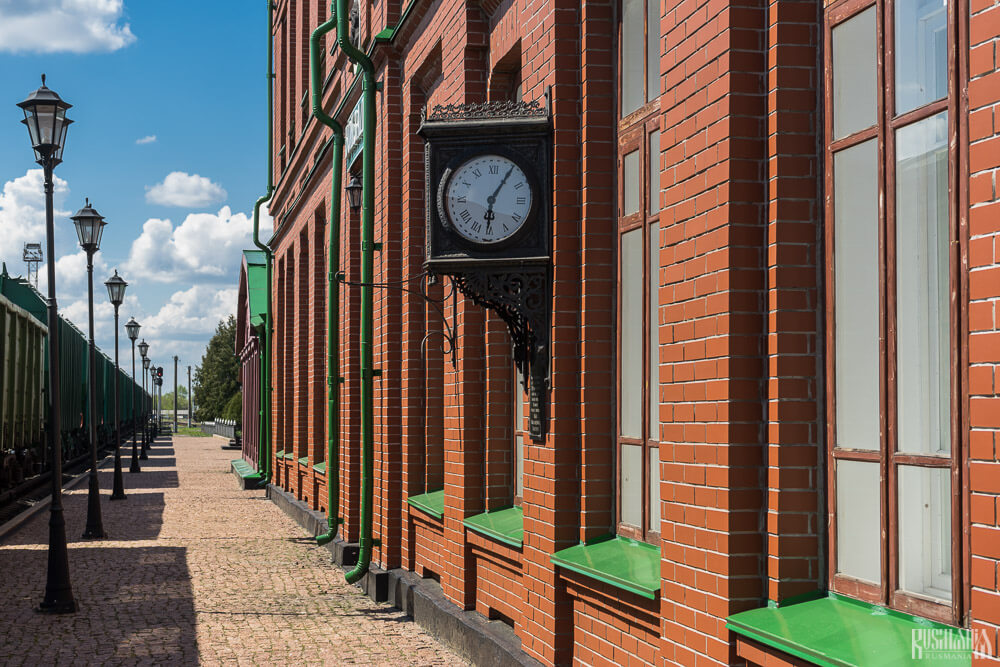
There is also an old steam engine on display which is of the same model which would have taken Tolstoy's body to Yasnaya Polyana.
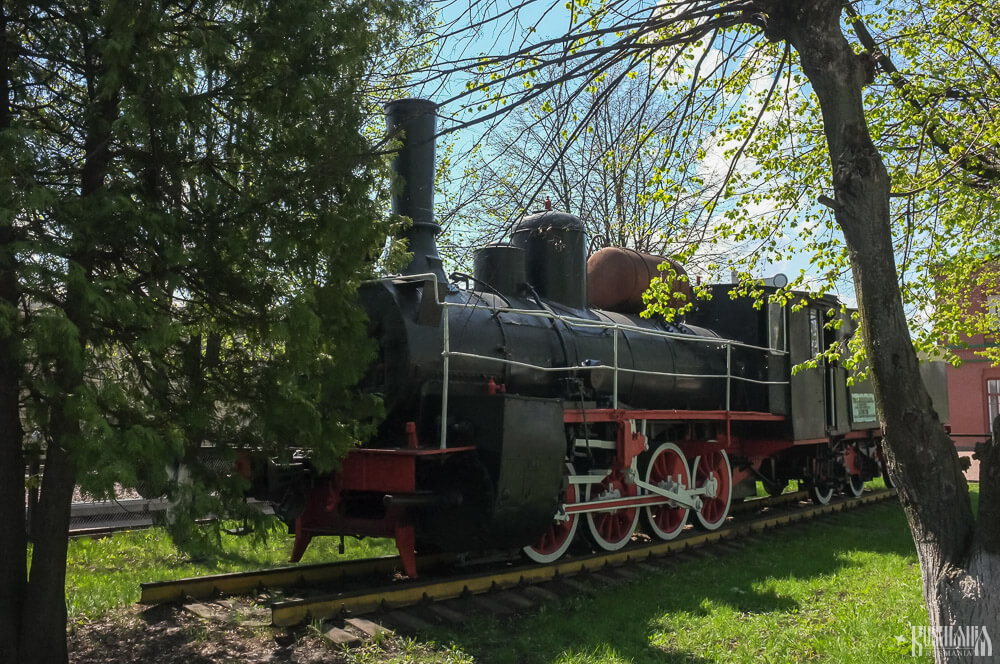
The location may be the scene of a sad event but it is also an incredibly interesting place to visit, perhaps even more so that other places connected with Tolstoy. This is due to the fact that an illusion is created here that you have been transported back in time to witness the events surrounding Tolstoy’s death. It does take some planning to get here but rest assured that you will not regret coming here and experiencing a piece of history and a time that has stood still.

►Routes ►Places ► Tracing Tolstoy’s Final Journey
• OTHER PLACES •
THE GEOLOGICAL MUSEUM IN ST PETERSBURG
St Petersburg has hundreds of museum and many of the smaller ones are often unfairly overlooked by tourists. One such hidden gem is, quite literally, the Geological Museum which is part of the Aleksandr Karpinsky All-Russian Scientific and Research Geological Institute.
GOROKHOVETS – AN UNDISCOVERED JEWEL ON THE EDGE OF THE GOLDEN RING
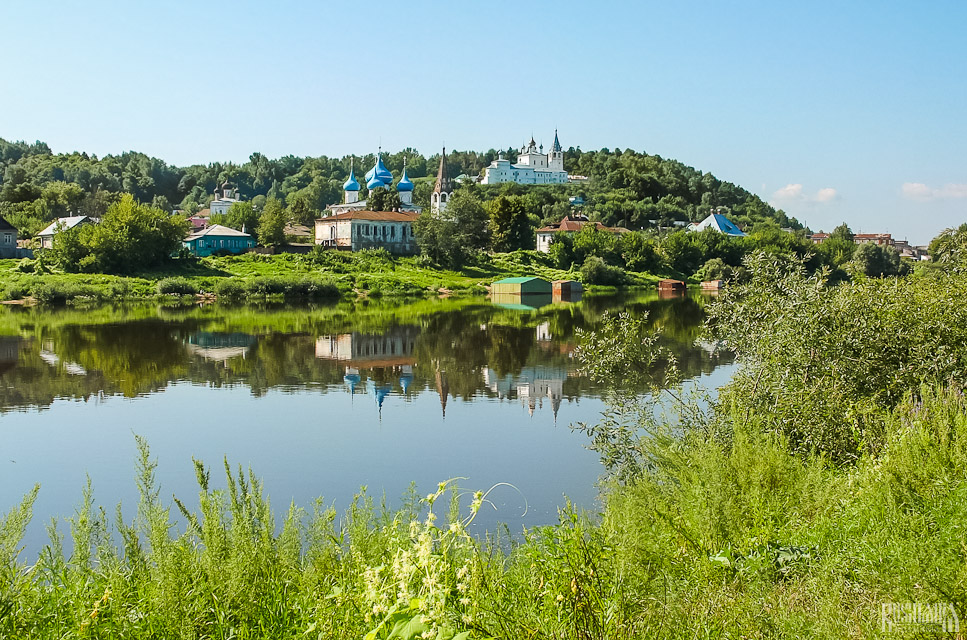 In 2010 the Russian Ministry of Culture created a new list of “historical cities of Russia” limiting the status to just 41 cities (there were previously over 400). We visit some of these historical cities to see whether they have the potential to become popular tourist destinations.
In 2010 the Russian Ministry of Culture created a new list of “historical cities of Russia” limiting the status to just 41 cities (there were previously over 400). We visit some of these historical cities to see whether they have the potential to become popular tourist destinations.
LEVSHA FLEA MARKET IN MOSCOW REGION
 Many visitors to Moscow visit the flea market which makes up part of the Vernisazh Market at Partizanskaya metro station, but the Levsha Flea Market is much less often visited by tourists, mainly as it is located 30km from the centre of Moscow just outside the city of Khimki.
Many visitors to Moscow visit the flea market which makes up part of the Vernisazh Market at Partizanskaya metro station, but the Levsha Flea Market is much less often visited by tourists, mainly as it is located 30km from the centre of Moscow just outside the city of Khimki.
THE PARAMONOVSKIE WAREHOUSES IN ROSTOV-ON-DON
 One of the most popular and most unusual sights in the southern Russian city of Rostov-on-Don are the Paramonovskie Warehouses, which are the ruins of 19th century warehouse complex, located just of the city’s pleasant Don embankment.
One of the most popular and most unusual sights in the southern Russian city of Rostov-on-Don are the Paramonovskie Warehouses, which are the ruins of 19th century warehouse complex, located just of the city’s pleasant Don embankment.
